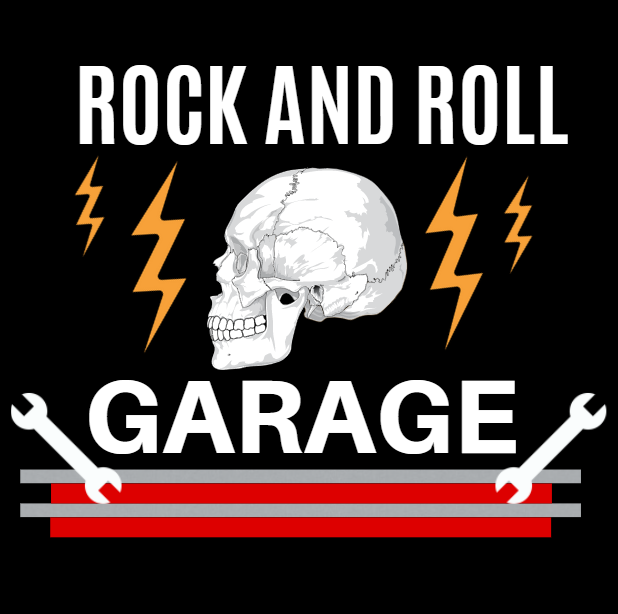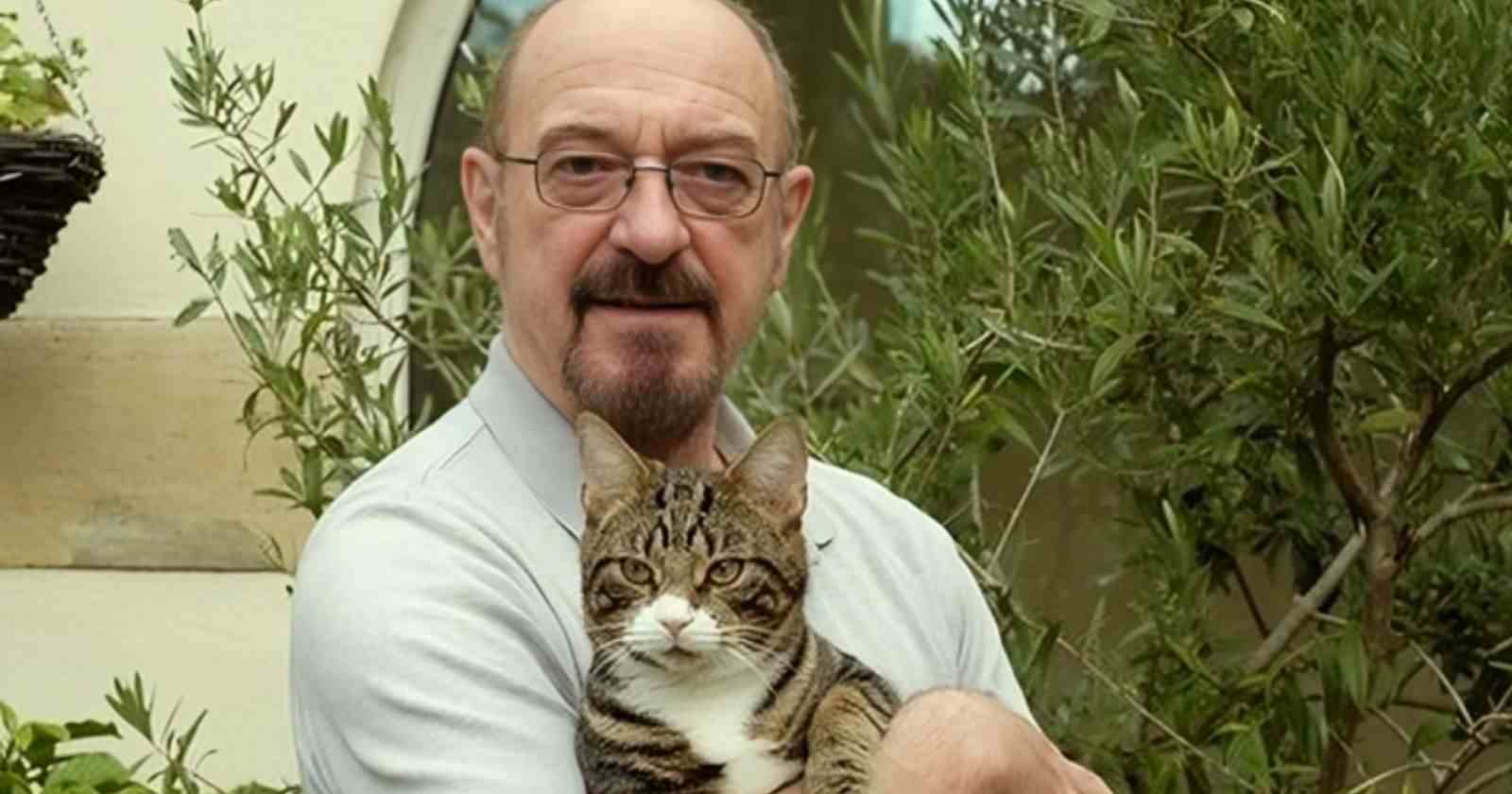Released in 1971, “Aqualung” was the fourth studio album of Jethro Tull, which also became their best-selling record. It sold an estimated amount of more than 7 million copies worldwide and is one of the most influential Progressive Rock albums of all time.
All the tracks are real classics from their career and one of those is “Mother Goose”, which was written by the band’s co-founder, vocalist and multi-instrumentalist Ian Anderson. But what is the meaning of the song?
The meaning of the Jethro Tull song “Mother Goose” according to Ian Anderson
Jethro Tull usually performs “Mother Goose” and “Cheap Day Return” in sequence live in concert as it was on the album. Both songs were frequently part of their setlist over the decades. As Ian Anderson told The Telegraph in 2021, even he doesn’t remember where he got the idea for a few names he mentions, like for example “Johnny Scarecrow”.
“Mother Goose was really predicated on some of those summer walks around Hampstead Heath. (Which is) a public park around north of London where in the summer you’d find all kinds of people from the dying days of the hippie times through to those just out exercising, having a good time.”
“People would kind of dress up and be endowed with the blessings of the summer sun. I remember it as being a pageantry of color, people were wearing lots of colorful clothes. It is indeed a kind of slightly surreal but interesting pastiche of topics. People probably scratched their heads listening to it, thinking, who is Johnny Scarecrow? Why is he doing his rounds? For the life of me I can’t remember,” Ian Anderson said.
They recorded the album in a converted church
The track is pointed as one of the first ones written for the groundbreaking album “Aqualung”. Besides singing, Anderson also played the flute, acoustic guitar and percussion. Also were part of the recording Martin Barre (Percussion, acoustic and electric rhythm guitar), Jeffrey Hammond (Alto recorder, backing vocals), Clive Bunker (Percussion) and John Evan (Mellotron).
As Anderson told Grammy.com in 2021, it wasn’t an easy record to make. They recorded at Island Records and they had built a studio from a converted church. ” I remember that. That was pretty early on. That was in the summer of 1970 as well. So, it spanned a period of time, really. From the summer of ’70 through to the end of the year, writing the music and recording. It was an experience, being an album that suffered a little bit from production problems in the then-brand-new studio that Island Records. (They) had built from a converted church,” Ian Anderson said.

